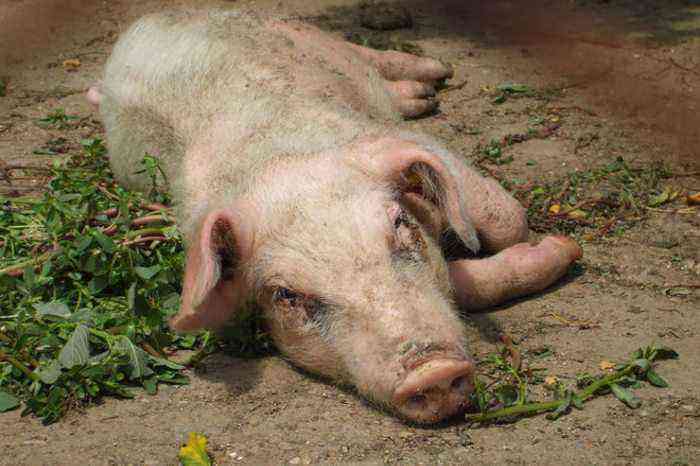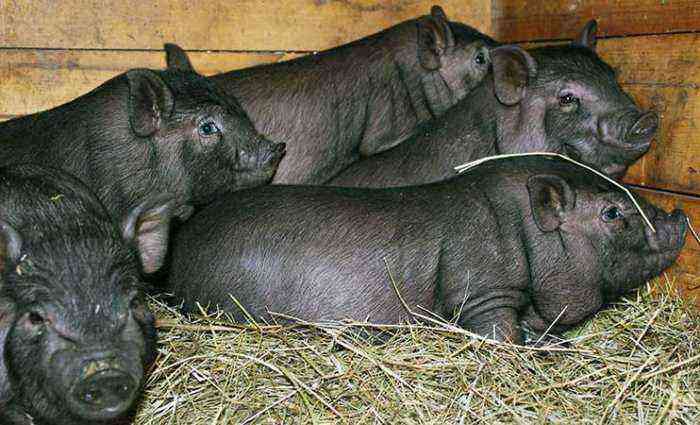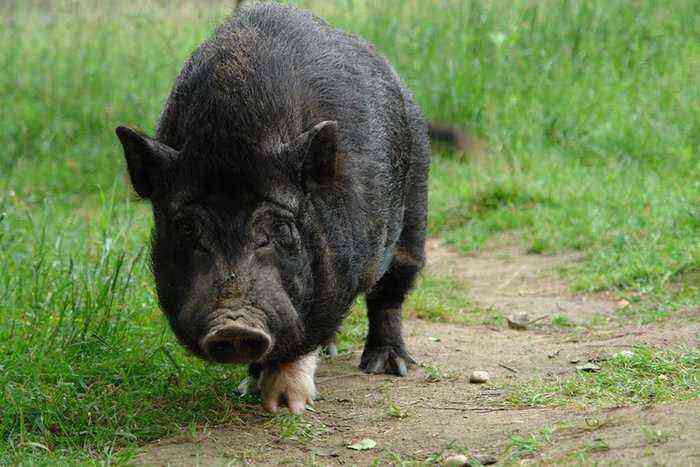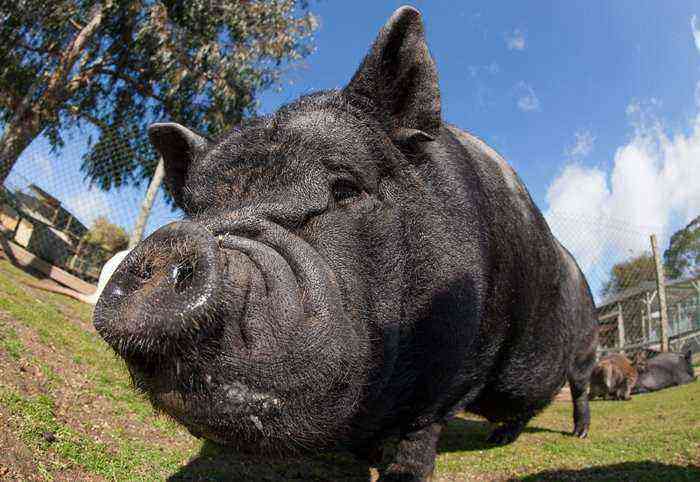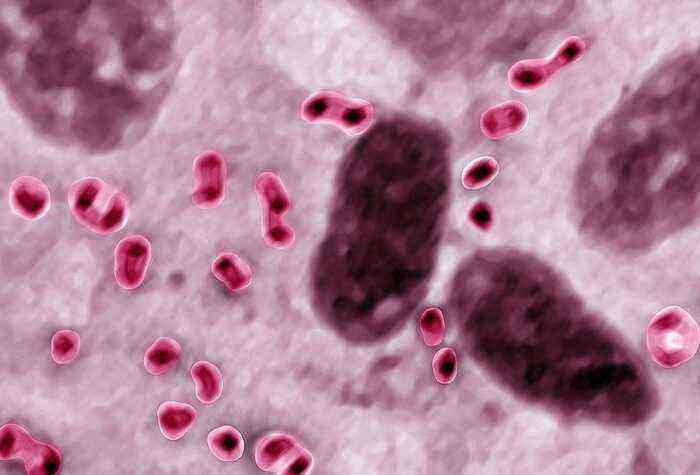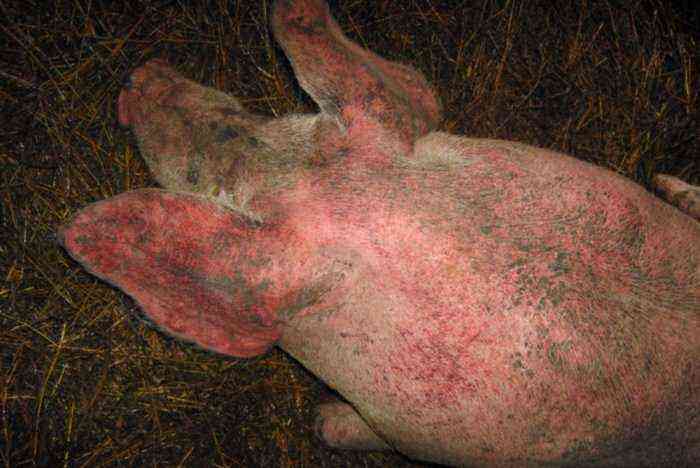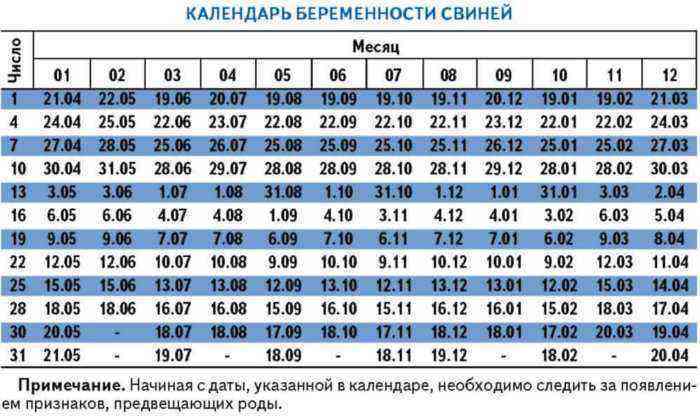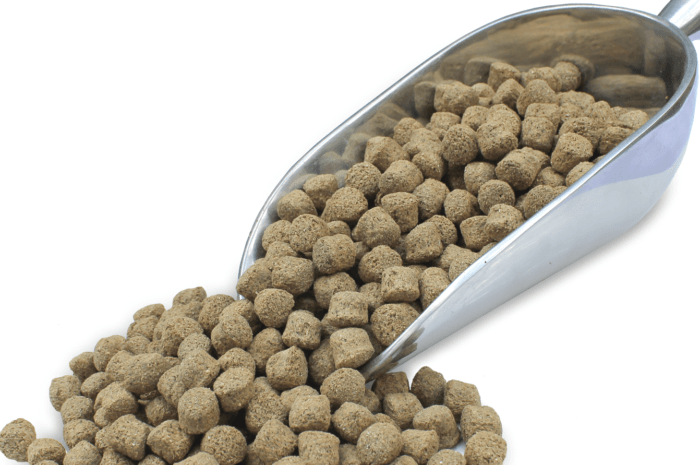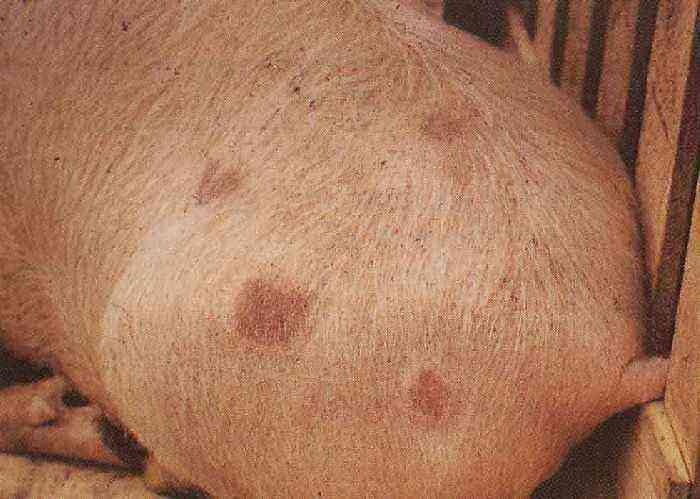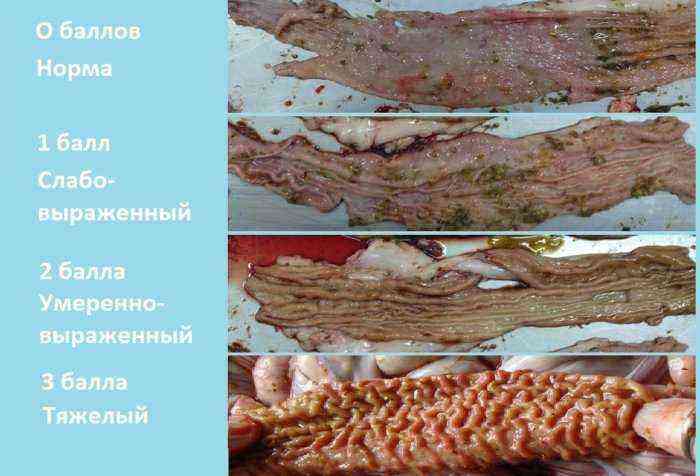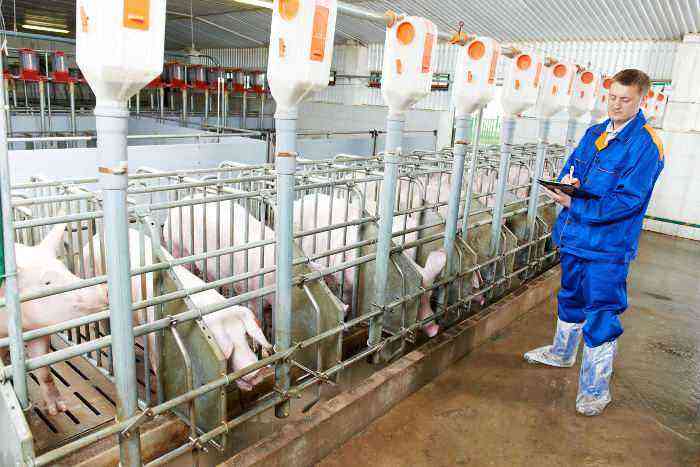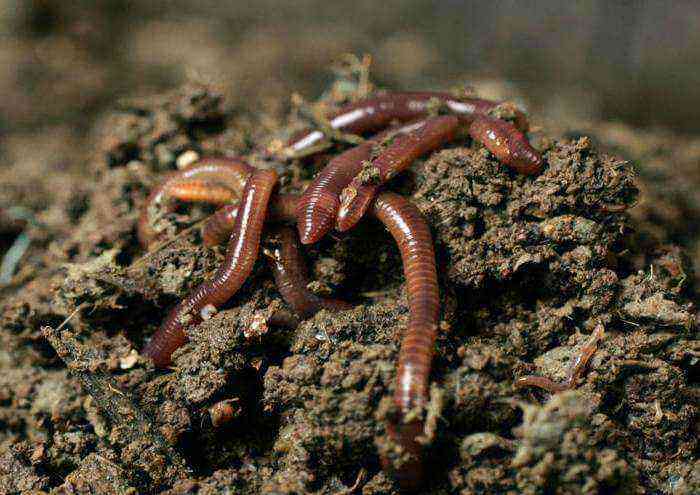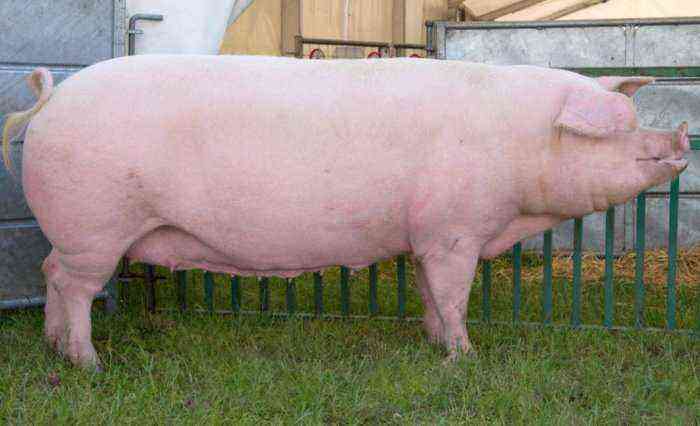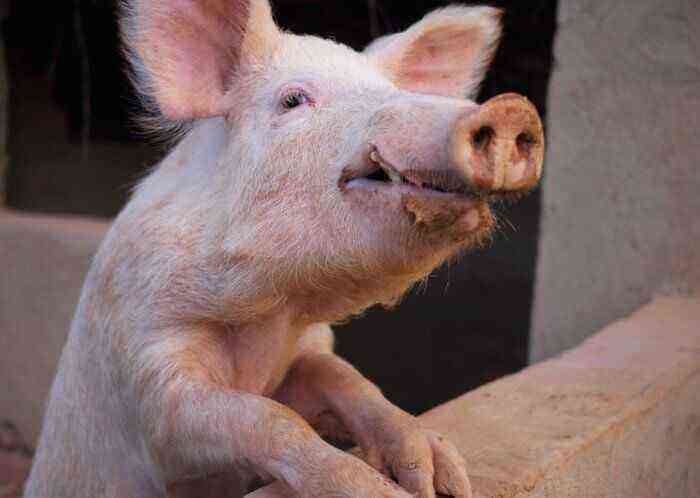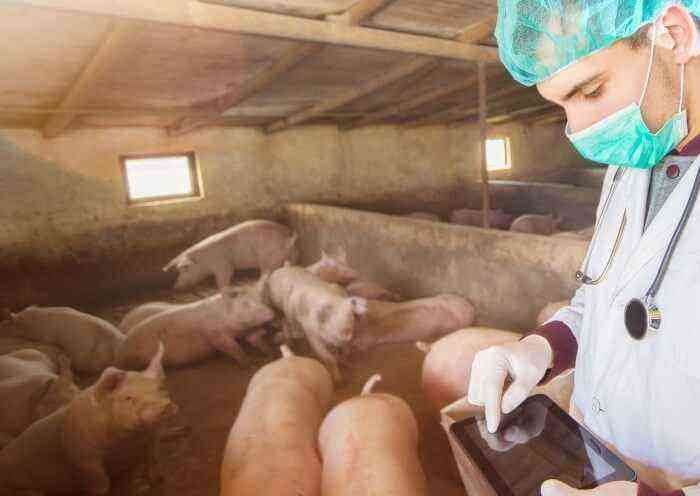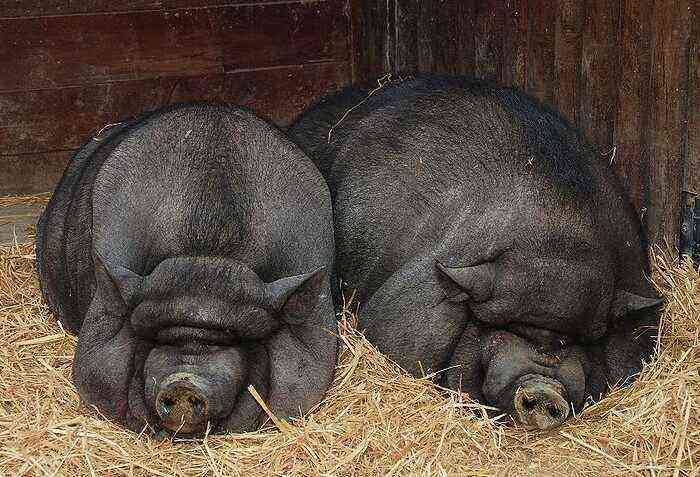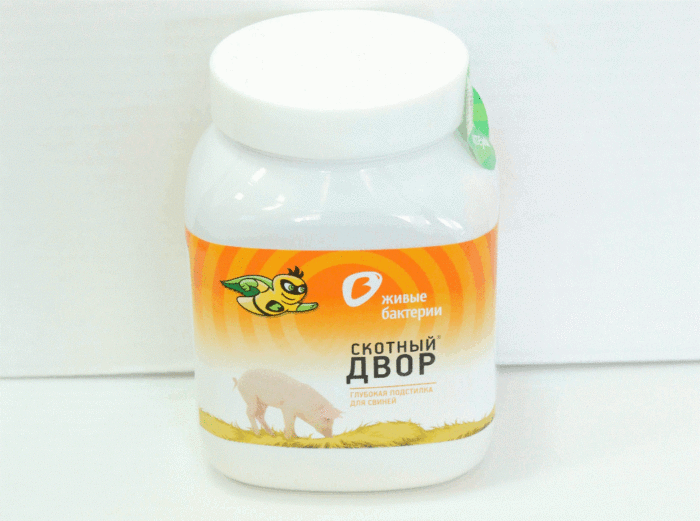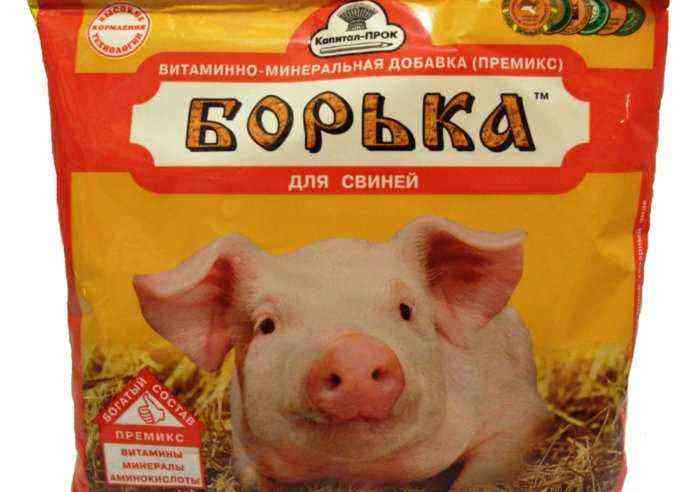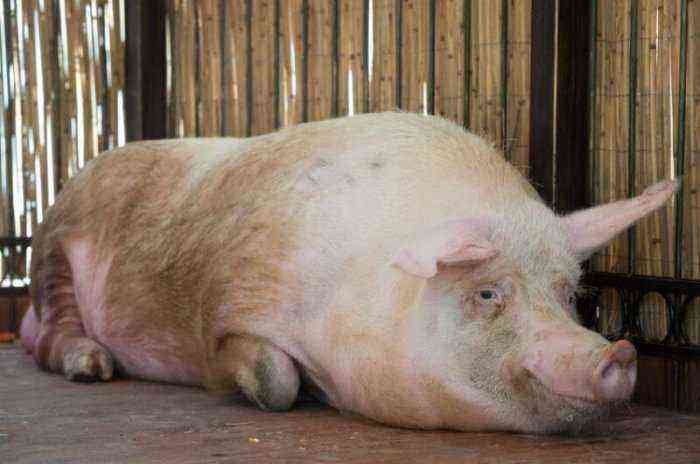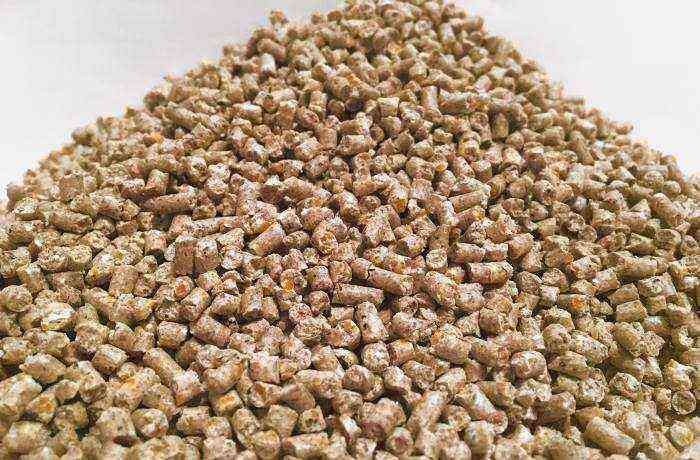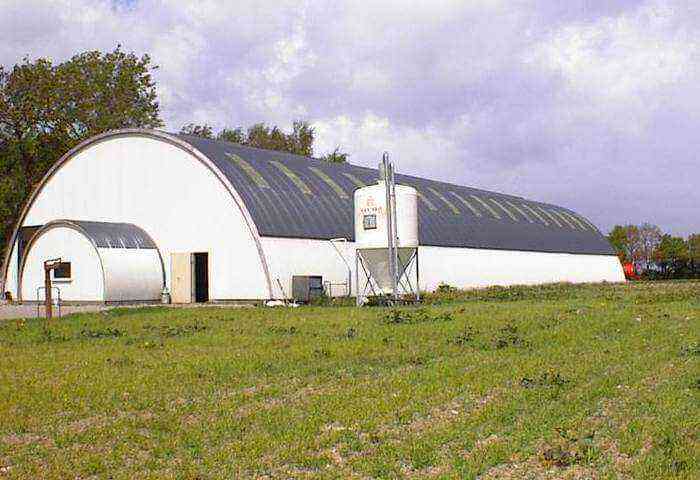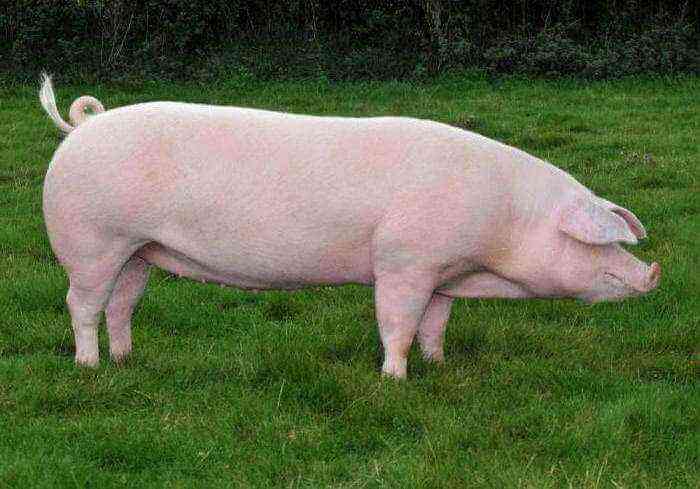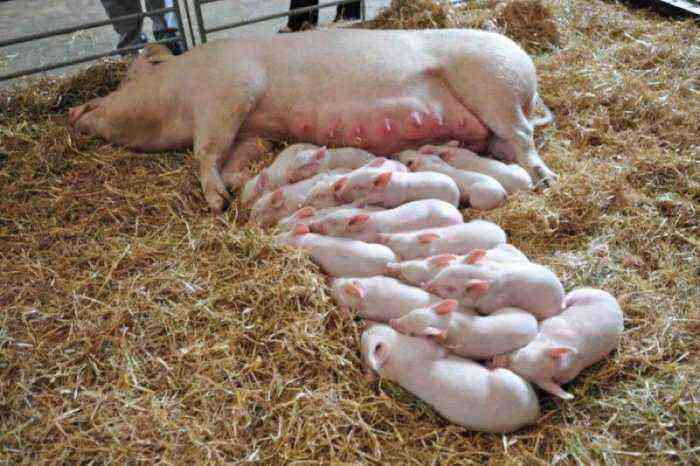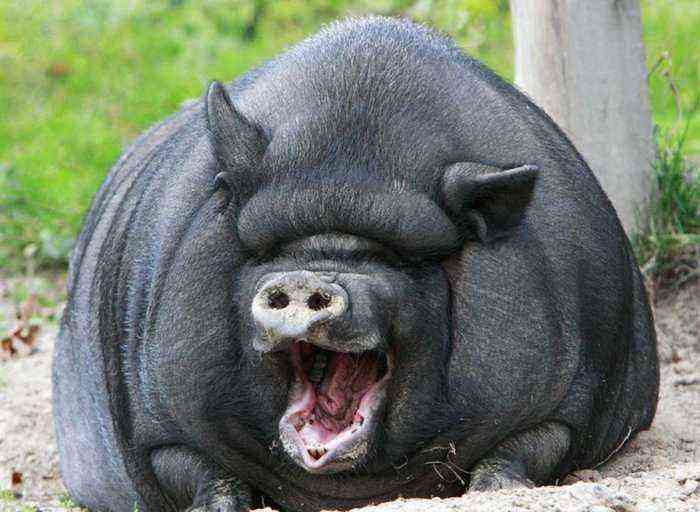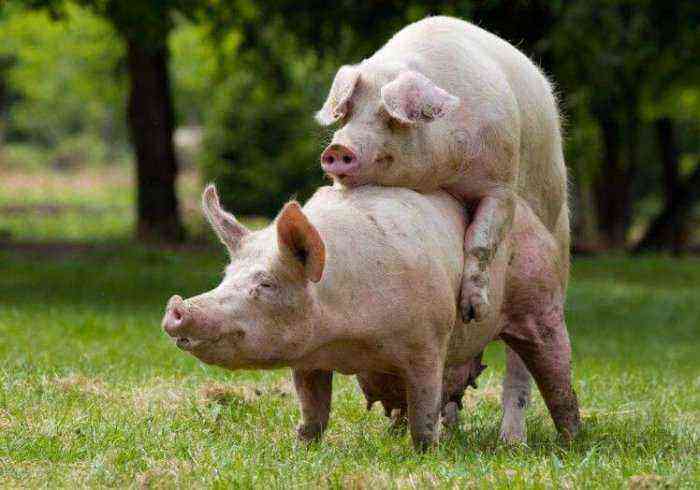Almost any feed is suitable for the preparation of liquid yeast: grain, bran, grain waste, chaff, straw, corn stalks, sunflower baskets, hay, tops, beets, gourds, silage, whey. Particularly attractive is the fact that for the production of yeast it is possible to use a wide range of feeds that are unconventional in pig breeding. Grain feed is used in the form of flour, ground, coarse is crushed in crushers into flour, juicy is brought to a paste.
Preliminary work consists in the preparation of mineral extract, malt and sourdough.
For the preparation of extracts, superphosphate and ammonium sulfate are used. They are prepared as follows (per 1 ton of mash). 75-100 liters of water are poured into a container with a volume of 20-25 liters, brought to a boil, 1,3-1,5 kg of superphosphate or tricalcium phosphate are poured and mixed thoroughly. The mixture is heated for 50-60 minutes, then settled for 2-3 hours. The solution can also be prepared as follows: 2,5 kg of superphosphate is thoroughly mixed with 10 liters of water and allowed to stand for 6-8 hours until completely clarified. In another container in 18-20 liters of water, pour 3-4 kg of sulfate and mix until dissolved. Ammonium sulfate can be replaced with ammonium carbonate in a ratio of 1:1,5 or carbamide 1:0,5.
Feed hydrolysis is carried out in an acidic environment, using sulfuric and hydrochloric acids for this. Malt is used for saccharification of potatoes and cereal flour. It is prepared from barley, oats, rye. Germination of grain must be at least 92%. Before germination, the grain is soaked in water at a temperature of 22-25 ° C for 8-10 hours. It is done this way: the grain is soaked for 3 hours, then it is kept in air for 2-3 hours. This is repeated three times.
Germination of grain is carried out in a darkened room at a temperature of 14-16 °C. At a higher temperature (22-25°C) it germinates faster, but contains few enzymes. Every day, the grain is moistened with water at the rate of 5-6 liters for every 100 kg. Two days before the maturation of malt and its use, watering is stopped. Barley and oats are germinated within 9-10 days, rye – 6-7 days. In good malt, the roots should be white, with a curl, and the germ layer should come out of the grain to its full length.
The effectiveness of malt depends on the degree of grinding. For malt, grain waste can be used.
As uterine yeast, baker’s or brewer’s yeast is used.
The structure of the yeast preparation plant
For the hydrolysis of feed and the cultivation of yeast, you can use the simplest installation with a container in the form of a metal tank. One third of it is filled with water and feed mixture is loaded. The composition of the mixture must include 30-40 kg of concentrates per 1 ton of capacity, preferably 15-20 kg of malt and 30-50 kg of beets. The mass is filled with water up to two thirds of the container and heated to 60-65 ° C. The ratio of water and feed should be 5-6: 1. Feed can be loaded into already heated water. Then 150-200 g of hydrochloric acid or 100 g of sulfuric acid per 1 ton are added. The contents are mixed and heated to 85-90 °C. The mass is left for 2-3 hours for hydrolysis, after which mineral and nitrogen extracts are added to it. Adding water and stirring it, bring the temperature to 28-32 ° C and make uterine yeast (40 kg per 1 ton). Yeast growth lasts 10-12 hours.
Another installation design for small farms
Another liquid yeast machine design that can be recommended for small farms consists of two vats placed one above the other. Pipes are laid along their bottom, through which steam, water, air are supplied. Chopped fodder, silage, beetroot and others are loaded into the upper vat, poured with water at the rate of 1: 2 and boiled for 2 hours. Then cold air is passed through the pipes, the mass is cooled to 30-32 ° C. The contents of the upper vat are transferred to the lower vat, mineral extracts are added – 5-10% by weight of the feed, malt and 10% yeast. Warm air is passed through the pipes. Yeast maturation lasts 10-12 hours.
Yeasts mainly use feed carbohydrates for their development; the total nutritional value of the medium decreases, but the amount of protein increases.
1 kg of liquid yeast contains 0,1 feed unit, 15-20 g of digestible protein, a large amount of B vitamins and trace elements. Yeast is fed to animals immediately after preparation. You can not store them, as they quickly turn sour and moldy. Pigs are accustomed to yeast within 2-3 days.
Feeding rates per head per day: boars – 5-6 liters, sows – 5-10, piglets from 2 to 4 months – 0,5-4, young animals for fattening – 4-8 liters.
